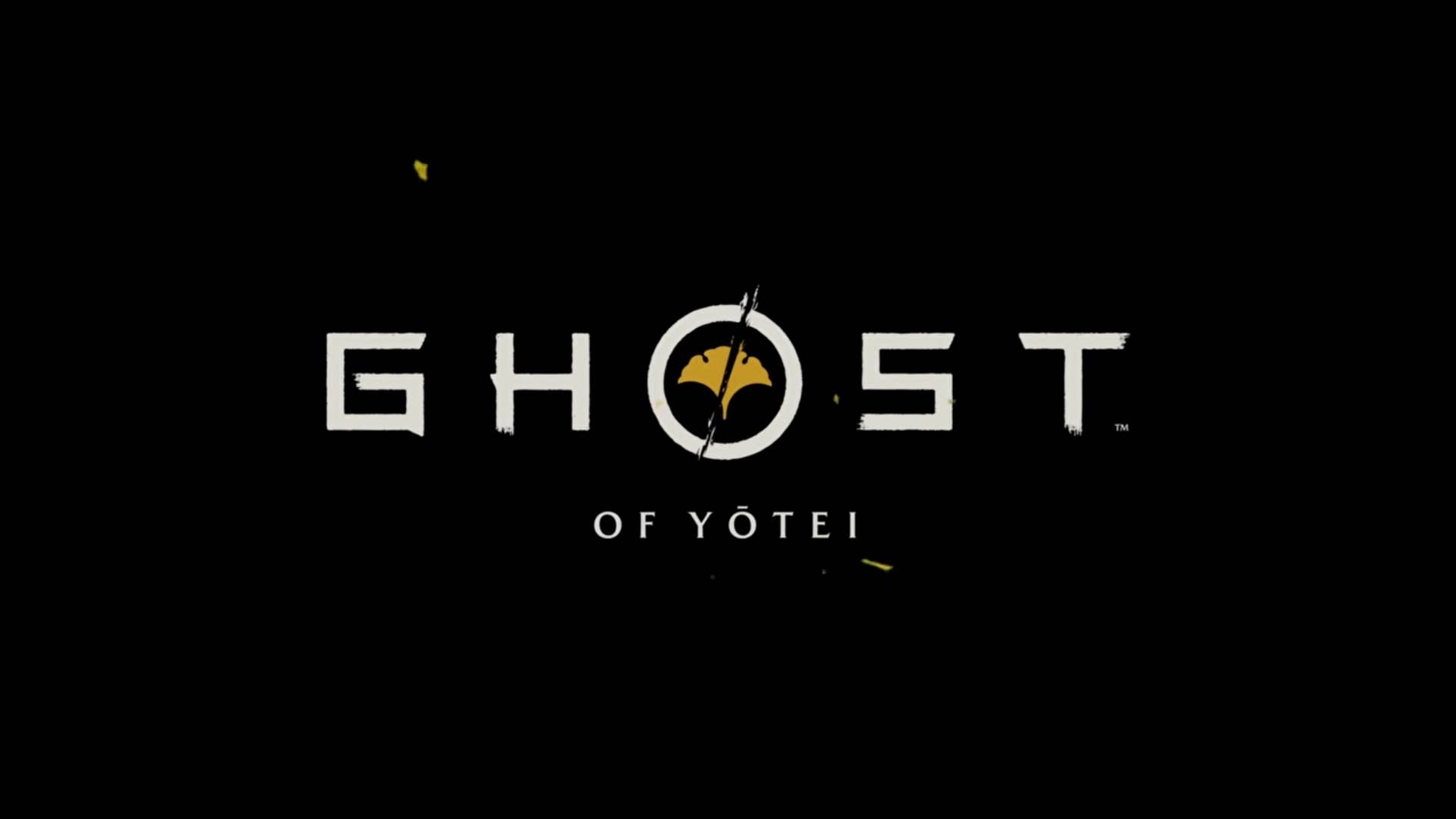AI and the Future of Translation: A New Era of Human-AI Collaboration
Artificial intelligence is transforming industries at an unprecedented pace, and the world of translation is no exception. As AI-driven language models grow more sophisticated, one question continues to surface: Will AI replace human translators? At RWS, we believe the answer is clear—AI will never replace human expertise, but it will fundamentally change how humans and […] The post AI and the Future of Translation: A New Era of Human-AI Collaboration appeared first on Unite.AI.


Artificial intelligence is transforming industries at an unprecedented pace, and the world of translation is no exception. As AI-driven language models grow more sophisticated, one question continues to surface: Will AI replace human translators? At RWS, we believe the answer is clear—AI will never replace human expertise, but it will fundamentally change how humans and AI collaborate.
This belief is rooted in what we call Genuine Intelligence—the idea that true intelligence is not just artificial, but a combination of machine efficiency and human expertise. AI alone cannot understand nuance, cultural context, or emotion. It can process language, but it cannot truly comprehend meaning. That’s why the future of translation isn’t about AI replacing people—it’s about AI and people working together in smarter, more impactful ways.
A Hybrid Approach: Machine-First, Human-Optimized
Rather than seeing AI as a competitor, we see it as an enabler—one that enhances productivity, improves accuracy, and expands the capabilities of language specialists. AI excels at handling repetitive, time-consuming tasks such as pre-translating content, matching terminology, and analyzing linguistic patterns at scale. However, true translation goes far beyond direct word-for-word replacement. It requires cultural fluency, contextual understanding, and an emotional connection—elements that only human expertise can provide.
At RWS, we embrace a “machine-first, human-optimized” approach, where AI streamlines workflows while language specialists refine quality, fluency, and cultural nuance. This method isn’t about automation for automation’s sake. It’s about using AI to free up human translators and language specialists to focus on the most meaningful aspects of their work—adding creativity, critical thinking, and strategic insight.
Beyond Text: AI’s Role in Multimedia Localization and Creation
AI isn’t just changing written translation; it’s reshaping how multimedia content is produced, localized, and consumed worldwide. According to our recent study titled “Unlocked 2025: Riding the AI Shockwave,” 70% of global consumers report seeing more AI-generated multimedia content—videos, images, and audio—since the launch of tools like ChatGPT. This shift has major implications for translation and localization.
In addition, generative AI is rapidly being adopted in industries such as film, music, and advertising, particularly in fast-growing digital markets like Sub-Saharan Africa, where streaming is driving demand. AI-powered tools are helping brands scale content creation while maintaining linguistic and cultural relevance. Consumers now associate leading Gen AI tools like ChatGPT, Gemini by Google, and Microsoft’s CoPilot with enhanced creative capabilities, while emerging players from France, the UAE, and China are bringing fresh competition to AI-generated media.
As this digital content consumption grows, consumers increasingly expect global brands to provide seamless, localized multimedia experiences. AI-powered speech recognition, synthetic voices, and automated subtitling are now key to making video content accessible across languages. The demand for dubbing and subtitling has never been higher, particularly in linguistically diverse regions like APAC and Africa, where consumers expect brands to speak their language—literally and figuratively.
But localization goes beyond translation. It’s about making content feel native to each audience. Localized imagery, for example, plays a critical role in establishing authenticity. Many markets, especially in the Global South, prefer culturally aligned visuals and narratives in advertising and corporate communications. AI can help automate this process, but human oversight remains essential to ensure content is not just translated but truly localized.
Generative AI is not only transforming enterprise workflows but also fueling a creative renaissance in emerging markets. In Nigeria and India, AI-powered tools are enabling filmmakers, musicians, and content creators to scale their reach globally. Streaming platforms are leveraging AI to automate editing, optimize translations, and produce regionally relevant content, making multimedia more accessible to diverse audiences.
At RWS, our Evolve linguistic AI solution is revolutionizing multimedia localization. By integrating translation management (Trados Enterprise), neural machine translation (Language Weaver), and AI-assisted quality estimation (MTQE), we enable language specialists to refine content efficiently ensuring fluency, accuracy, and cultural alignment.
Consumer Perceptions and Challenges
Despite AI’s advancements in multimedia localization, consumers remain cautious. While Unlocked 2025 found that 57% of respondents have noticed improvements in AI-generated multimedia quality, concerns persist around accuracy, cultural relevance, and misinformation. Trust in AI-generated content is particularly low in regulated industries such as healthcare and finance, where errors in translated materials can have serious consequences.
Transparency is also a growing concern. According to the report, 81% of consumers want AI-generated content to be clearly labeled, underscoring the need for greater disclosure in AI-powered multimedia. Additionally, 56% of respondents report a rise in fake multimedia content, including deepfakes and manipulated visuals, raising ethical questions about AI’s role in information integrity.
The Future of Multimedia Localization with AI
Looking ahead, AI’s impact on multimedia will continue to evolve, driving new opportunities for immersive, personalized content experiences. AI is already enabling advancements in interactive videos, AR/VR applications, and dynamic advertisements tailored to individual user preferences. Initiatives like Mozilla’s Common Voice project are also expanding voice AI capabilities, helping to generate high-quality voiceovers in underserved languages.
But here’s what will set successful brands apart: finding the right balance between automation and human expertise. Hybrid human-AI approaches—where AI accelerates workflows and humans provide cultural and creative oversight—will be key to maintaining authenticity, trust, and engagement in multilingual content.
Final Thoughts: The Role of Genuine Intelligence
The future of translation and localization isn’t about AI replacing humans—it’s about using AI intelligently to enhance human expertise. This is the essence of Genuine Intelligence: a collaborative approach where AI accelerates workflows, and human specialists ensure accuracy, cultural authenticity, and emotional connection.
Generative AI is unlocking new possibilities for content creation and localization. However, long-term success will depend on balancing automation with human oversight to build trust, transparency, and engagement in multilingual content.
Ultimately, the most impactful brands won’t just adopt AI—they’ll integrate it thoughtfully, using technology to scale while ensuring content remains culturally resonant. But to truly connect with diverse audiences, human contribution is essential. Not just any human input—but the nuanced expertise of today’s language specialists: professionals who combine domain knowledge, linguistic fluency, cultural sensitivity, technical skill, and creative instinct. It’s this combination of capabilities that ensures AI-generated content isn’t just fast and functional, but also fluent, relevant, and emotionally intelligent. AI may power the process—but it’s human specialists who give content its meaning.
The post AI and the Future of Translation: A New Era of Human-AI Collaboration appeared first on Unite.AI.




















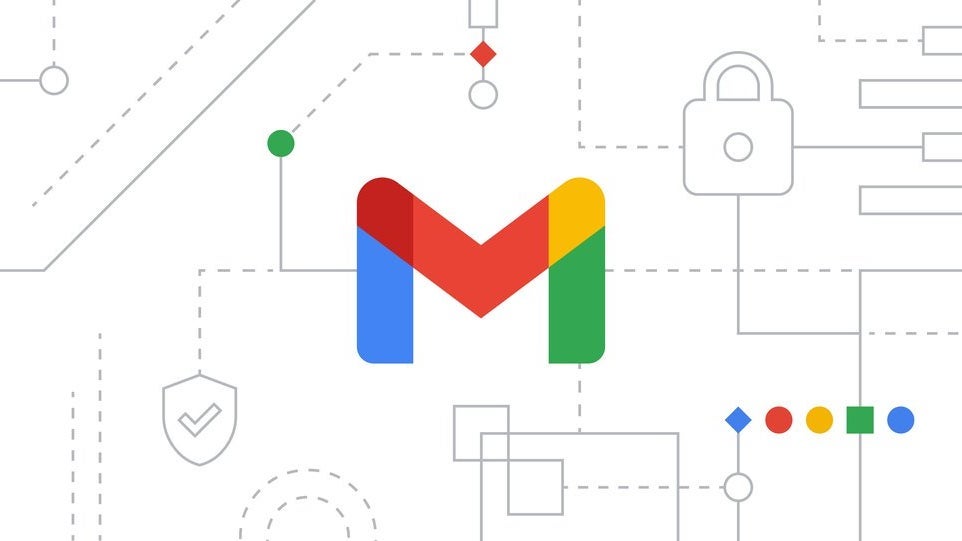
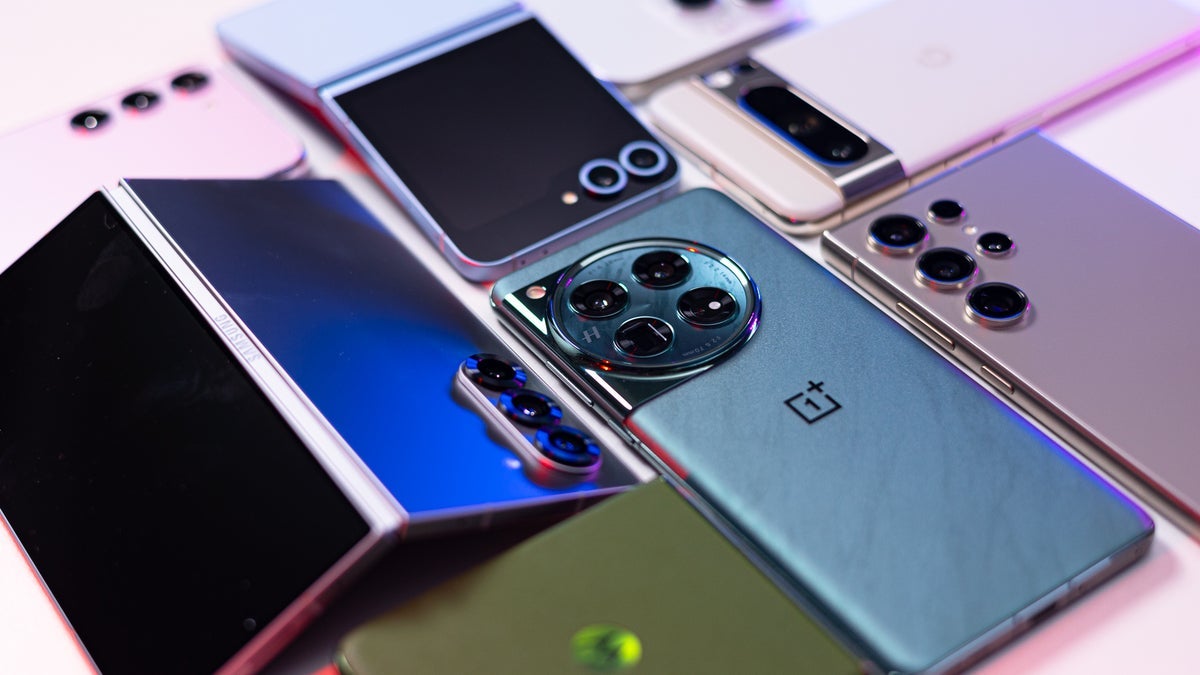
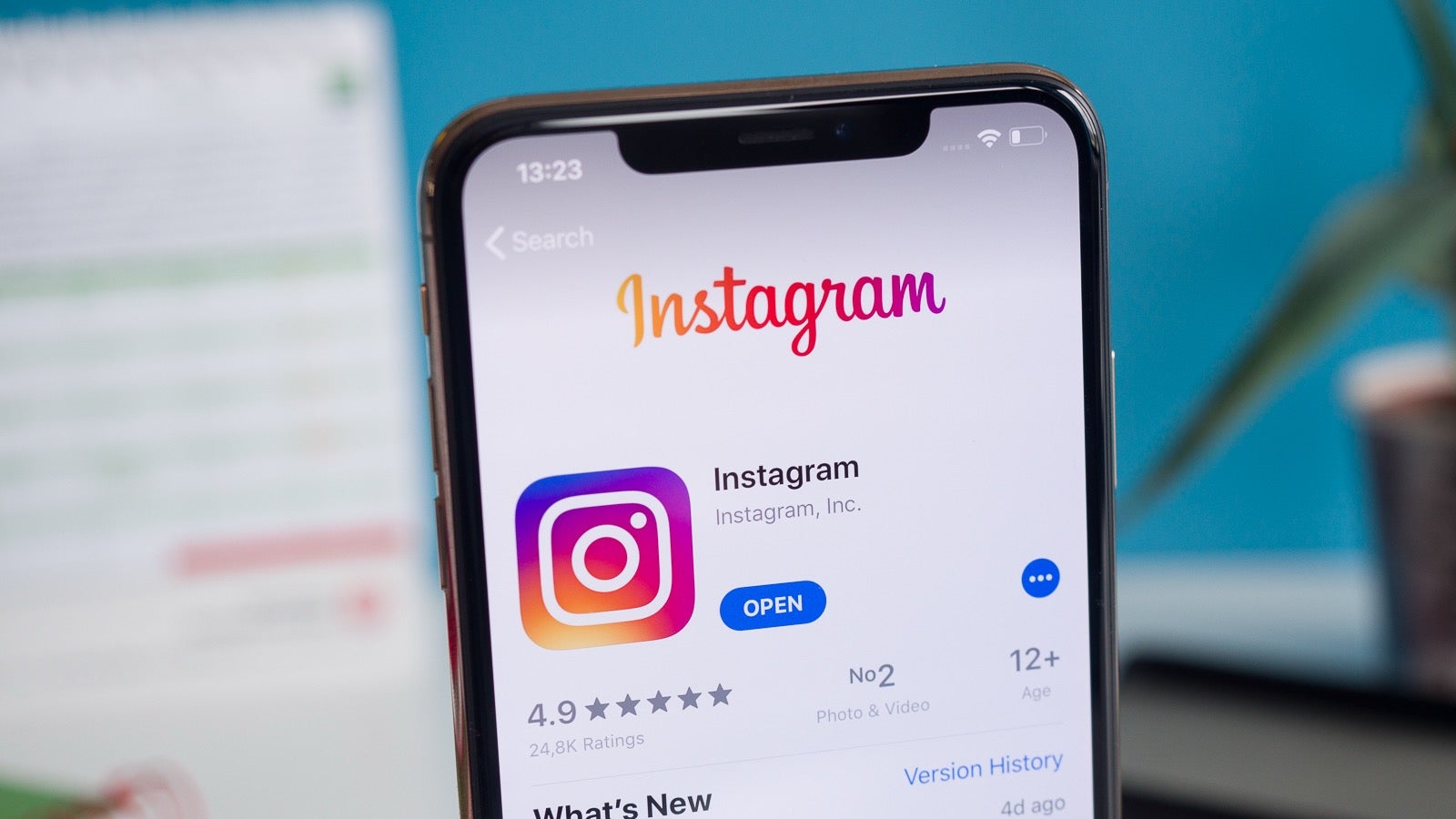
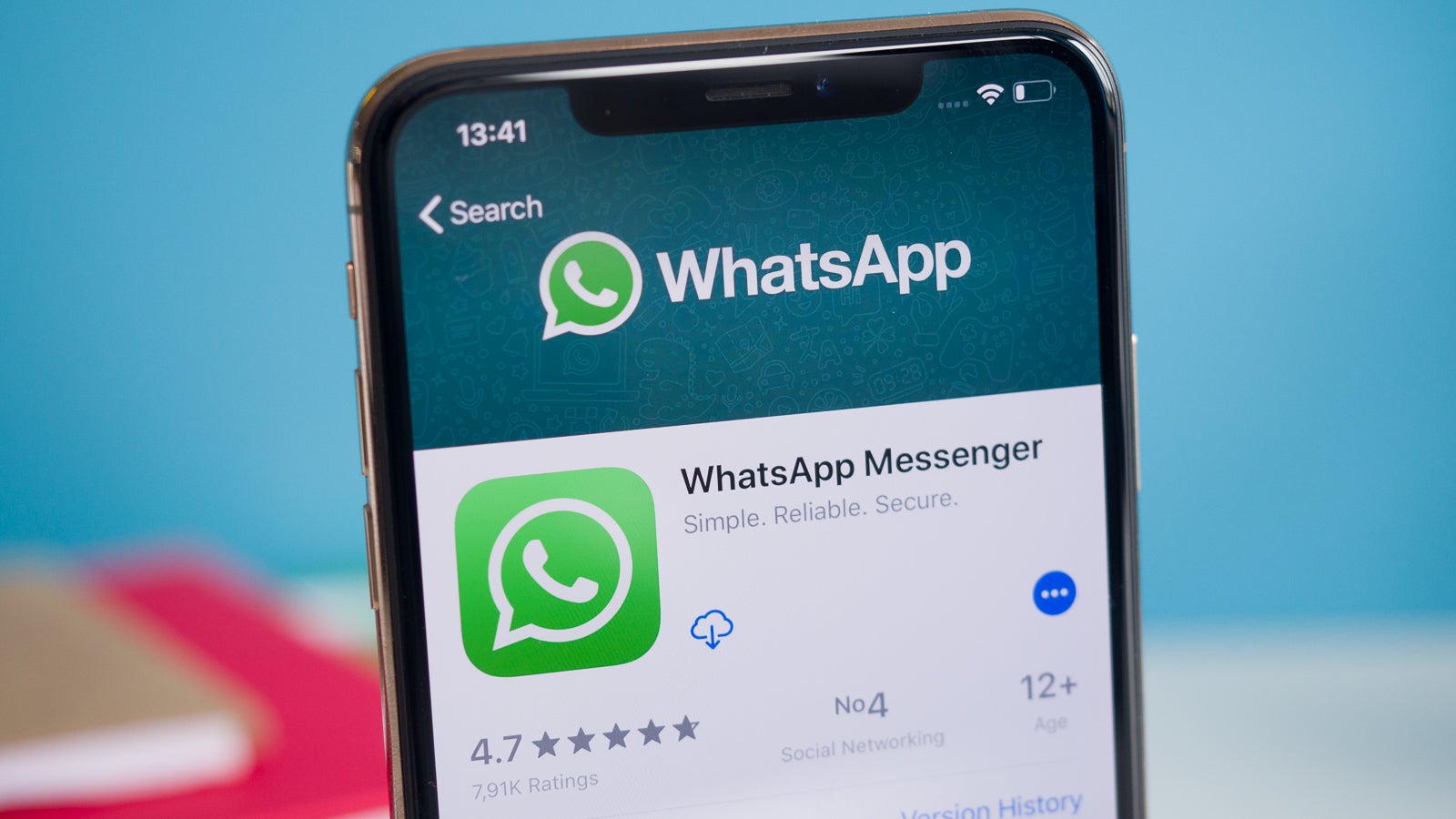














































![M4 MacBook Air Drops to New All-Time Low of $912 [Deal]](https://www.iclarified.com/images/news/97108/97108/97108-640.jpg)
![New iPhone 17 Dummy Models Surface in Black and White [Images]](https://www.iclarified.com/images/news/97106/97106/97106-640.jpg)


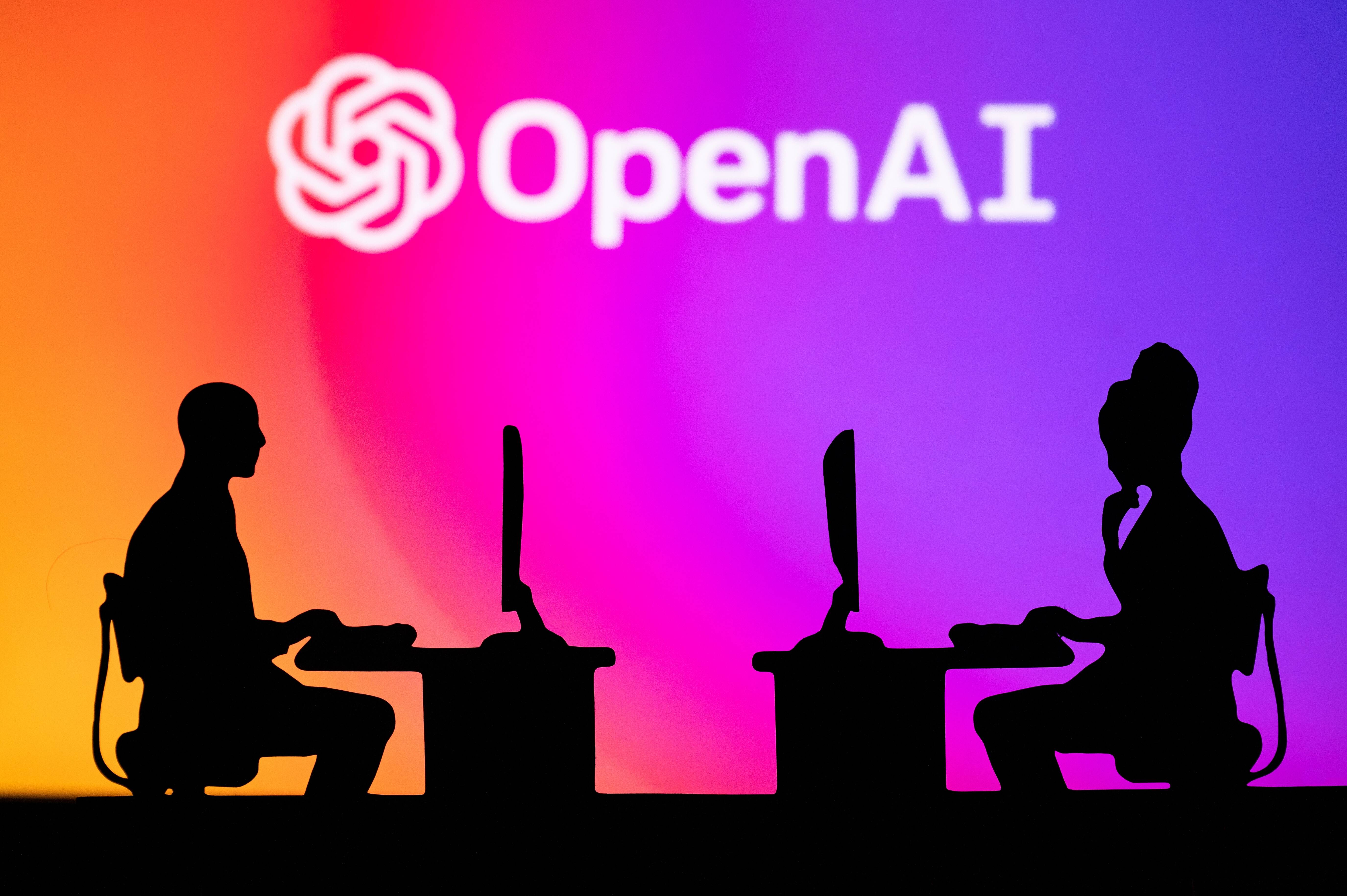


















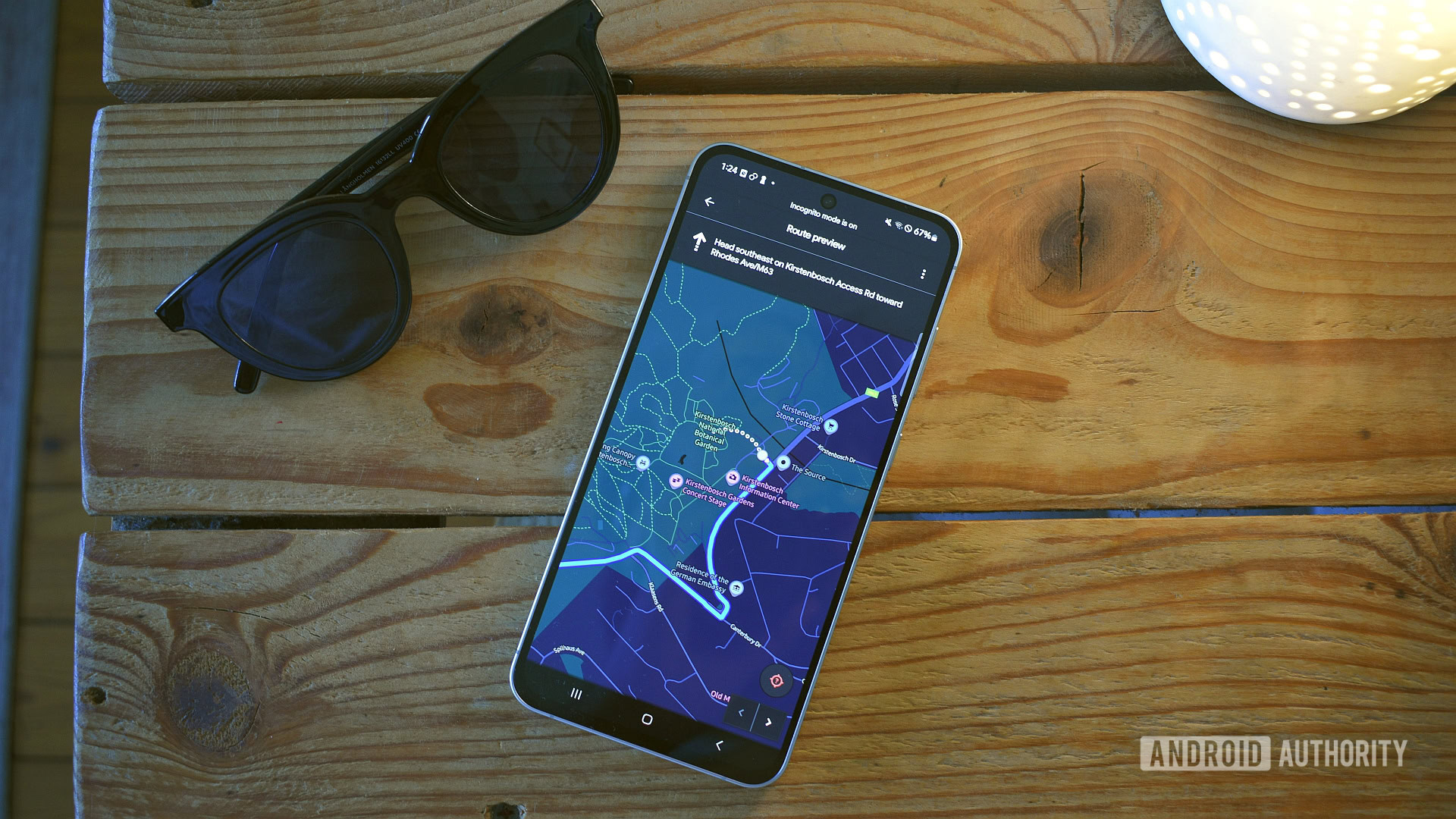
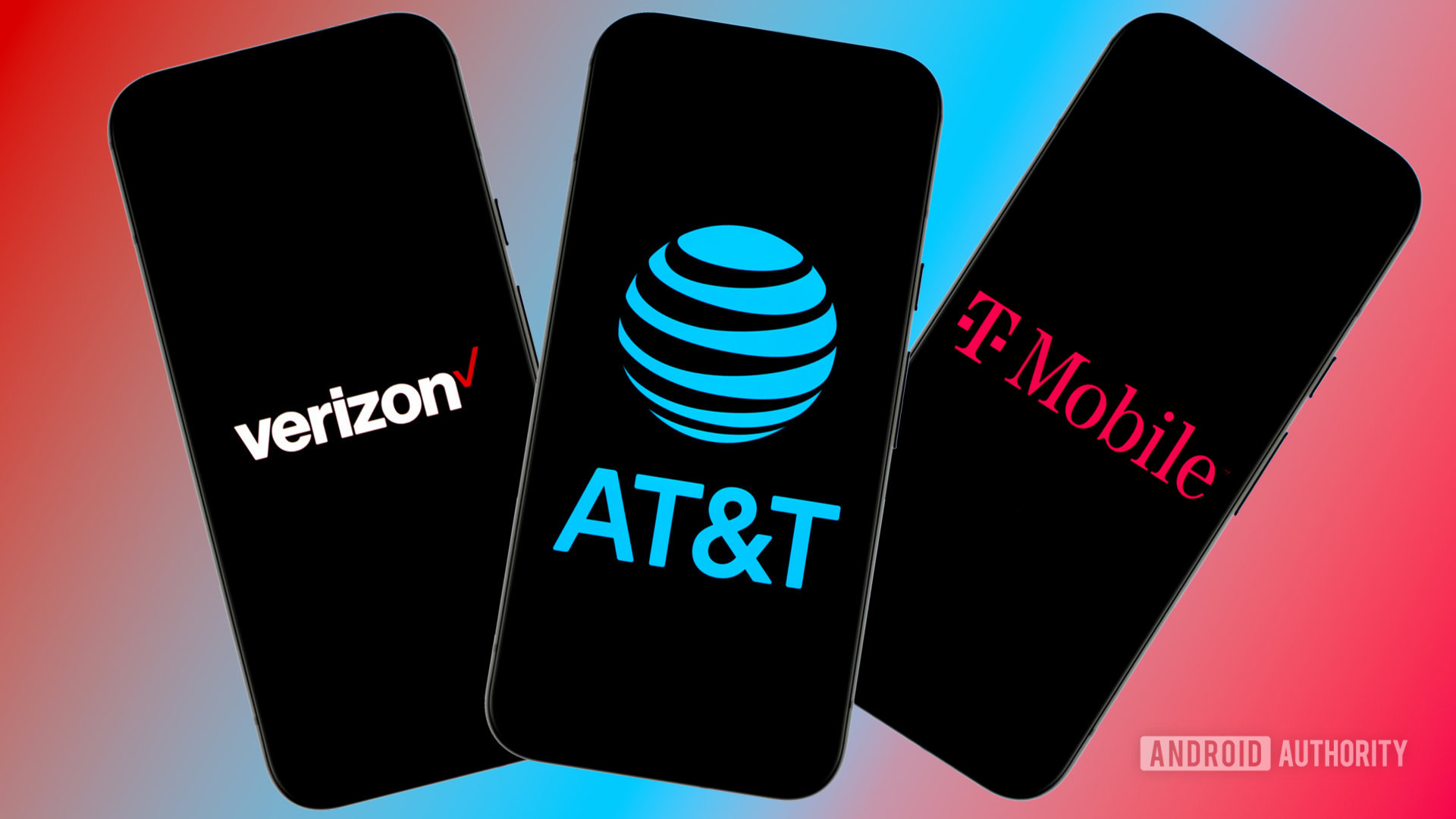




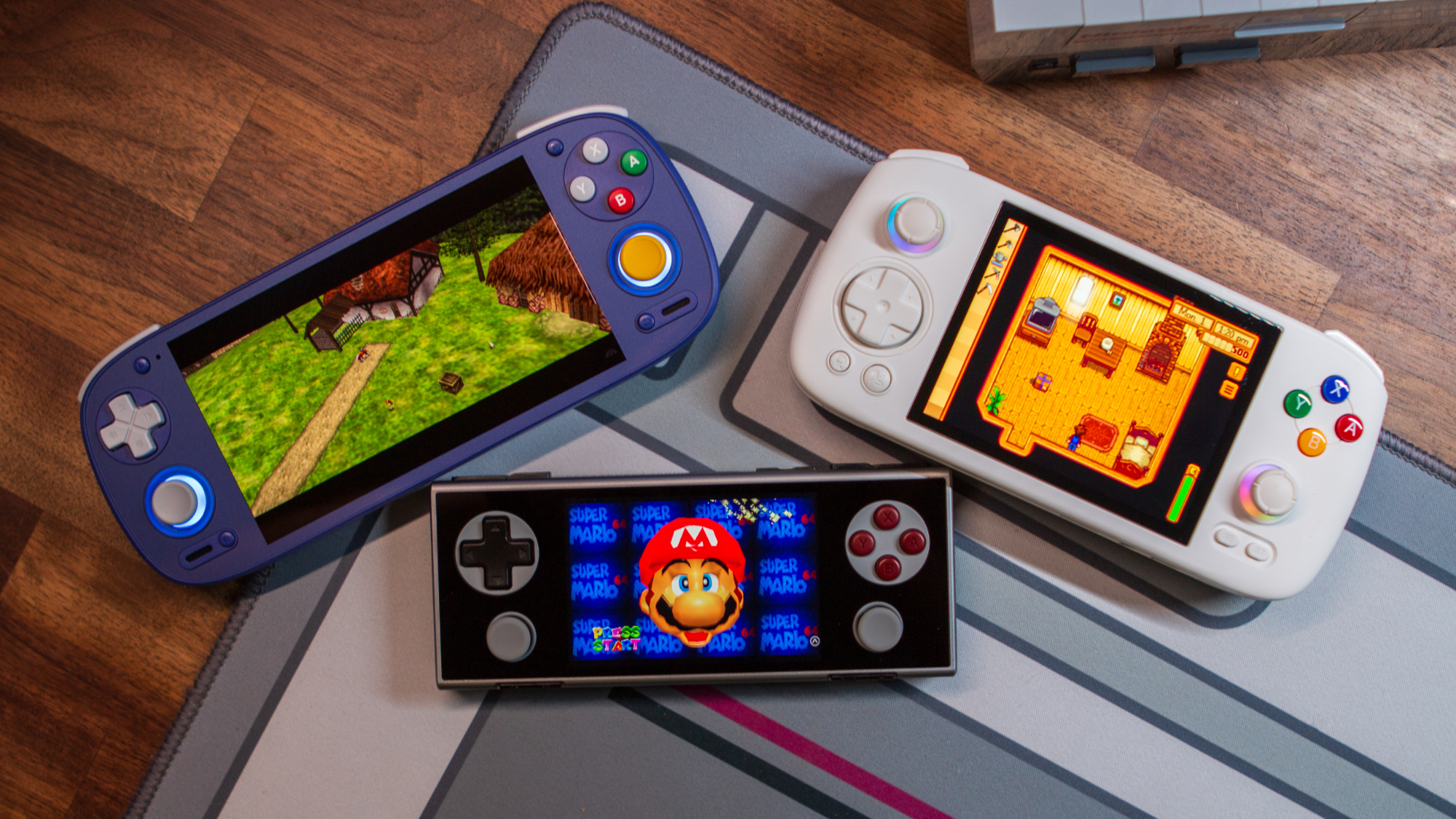








































































































































































![[The AI Show Episode 144]: ChatGPT’s New Memory, Shopify CEO’s Leaked “AI First” Memo, Google Cloud Next Releases, o3 and o4-mini Coming Soon & Llama 4’s Rocky Launch](https://www.marketingaiinstitute.com/hubfs/ep%20144%20cover.png)






























































































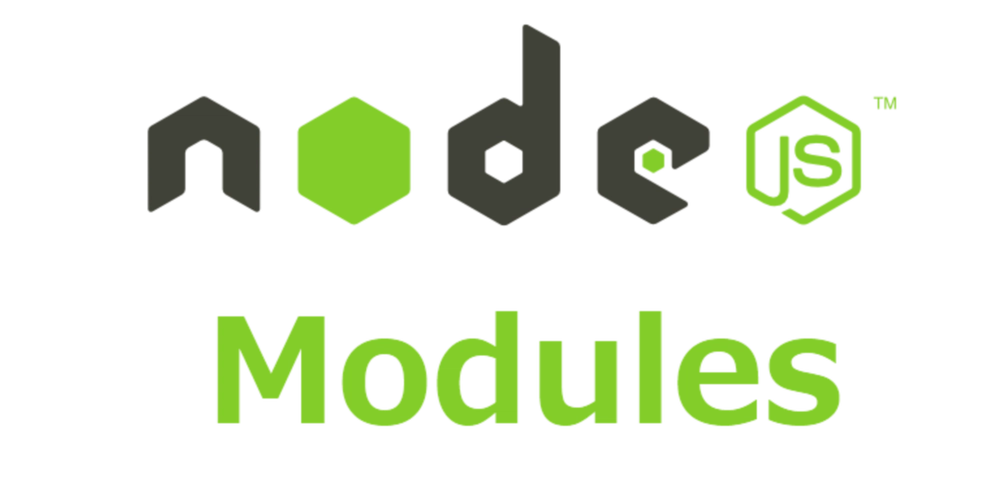
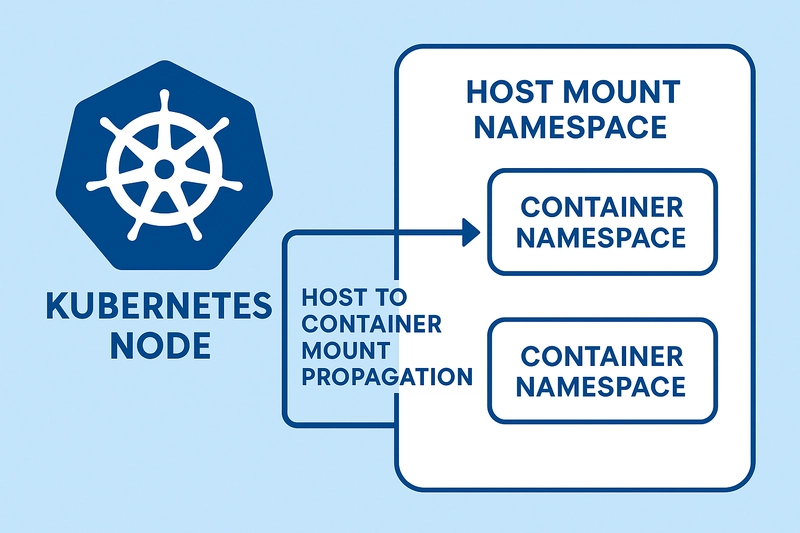






















![Is This Programming Paradigm New? [closed]](https://miro.medium.com/v2/resize:fit:1200/format:webp/1*nKR2930riHA4VC7dLwIuxA.gif)
















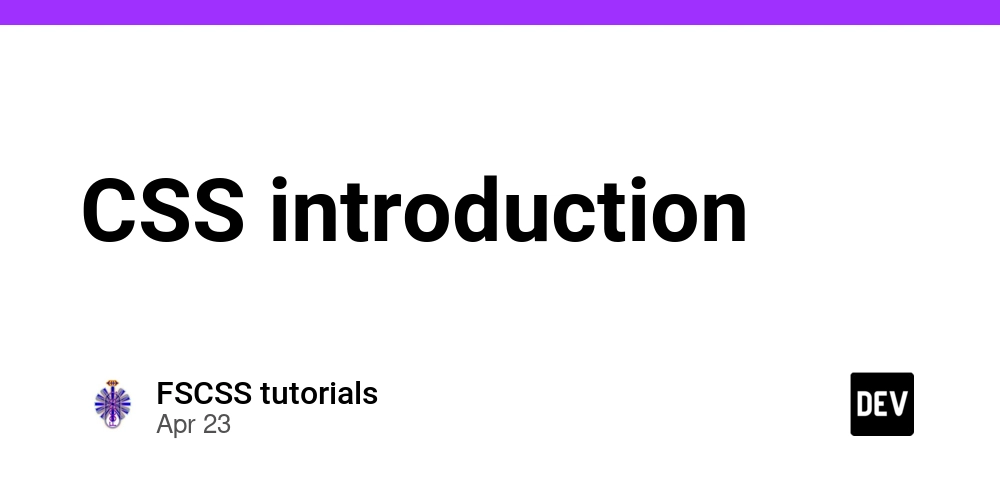




























-Classic-Nintendo-GameCube-games-are-coming-to-Nintendo-Switch-2!-00-00-13.png?width=1920&height=1920&fit=bounds&quality=70&format=jpg&auto=webp#)





























































